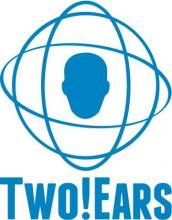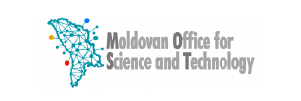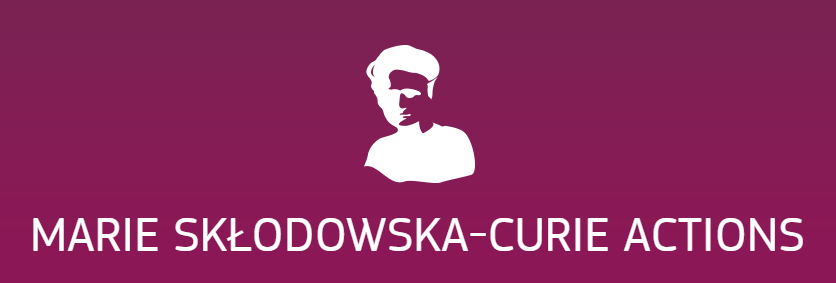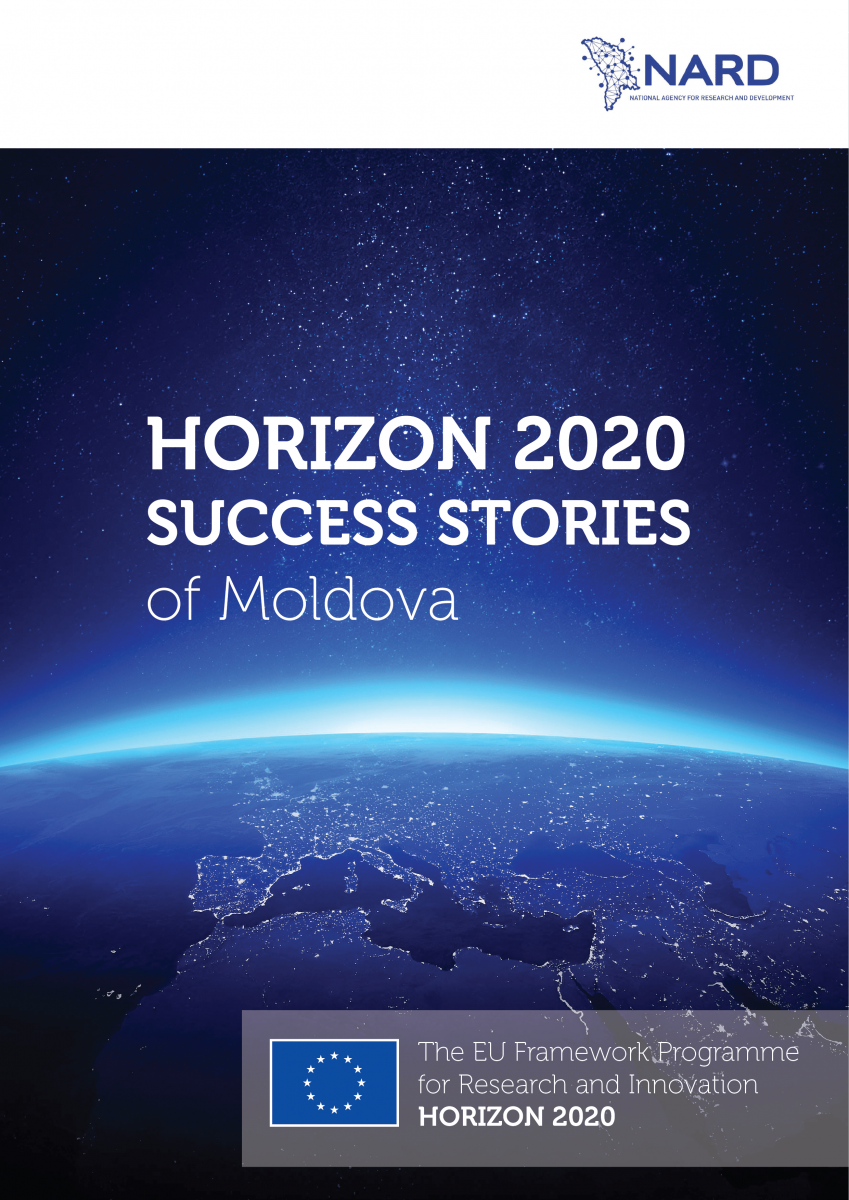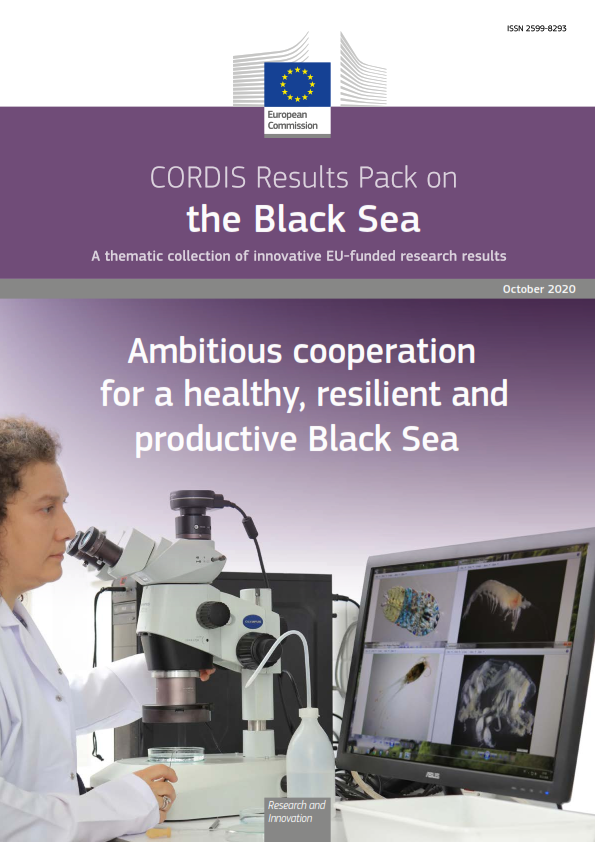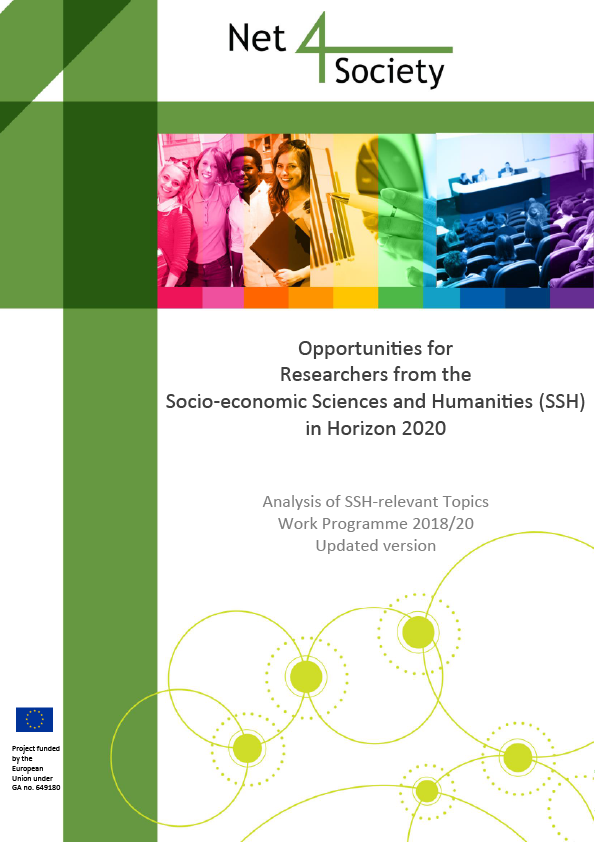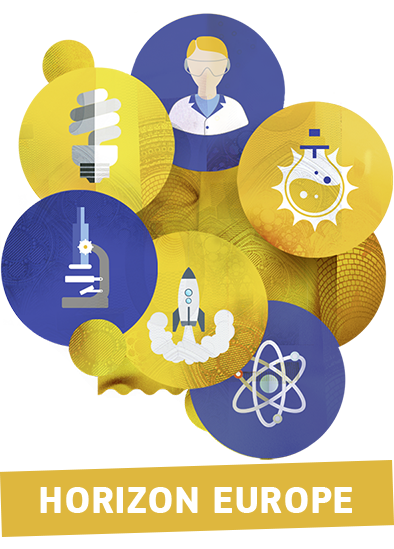Toulouse (France
INTRODUCTION AND AIM OF THE TRAINING
While many models that mimic the signal processing involved in human visual and auditory processing have been proposed, they cannot predict the experience and reactions of human users. This is so because human beings do not react according to what they perceive, but rather, they react on the grounds of what the percepts mean to them in their current action-specific, emotional and cognitive situation. The Two!Ears project replaces current thinking about auditory modeling by a systemic approach in which human listeners are regarded as multi-modal agents that develop their concept of the world by exploratory interaction. Its goal is to develop an intelligent, active computational model of auditory perception and experience in a multi-modal context. The approach is based on a structural link from binaural perception to judgment and action, realized by interleaved signal-driven (bottom-up) and hypothesis-driven (top-down) processing within an innovative expert system architecture. Object formation is achieved based on Gestalt principles, meaning assignment, knowledge acquisition and representation, learning, logic-based reasoning and reference-based judgment. Meaning is assigned to acoustic events by combining signal- and symbol-based processing in a joint model structure, integrated with proprioceptive and visual percepts. The whole Two!Ears model will be implemented on advanced robotic systems and assessed in two distinct contexts, namely the Computational Analysis of Dynamic Auditory Scenes and Quality of Experience. Two!Ears (12.2013—11.2016) has been funded by the European Union’s Seventh Framework Programme for research, technological development and demonstration under grant agreement nº618075, see http://www.twoears.eu.
The aim of the Two!Ears Summer School is to provide a comprehensive training in active machine hearing. Basic aspects of sound perception and analysis will be first presented. Then, some cutting-edge results, developed in Two!Ears and other projects, will be covered. The training will end with a challenge: the delegates will be put into teams, each of which be provided a simplified robotic platform endowed with a binaural sensor; the aim will be to integrate the many functions studied during the 3.5 days of the training so as to enable this robotic platform to analyze dynamic auditory scenes in a small-scale environment.


